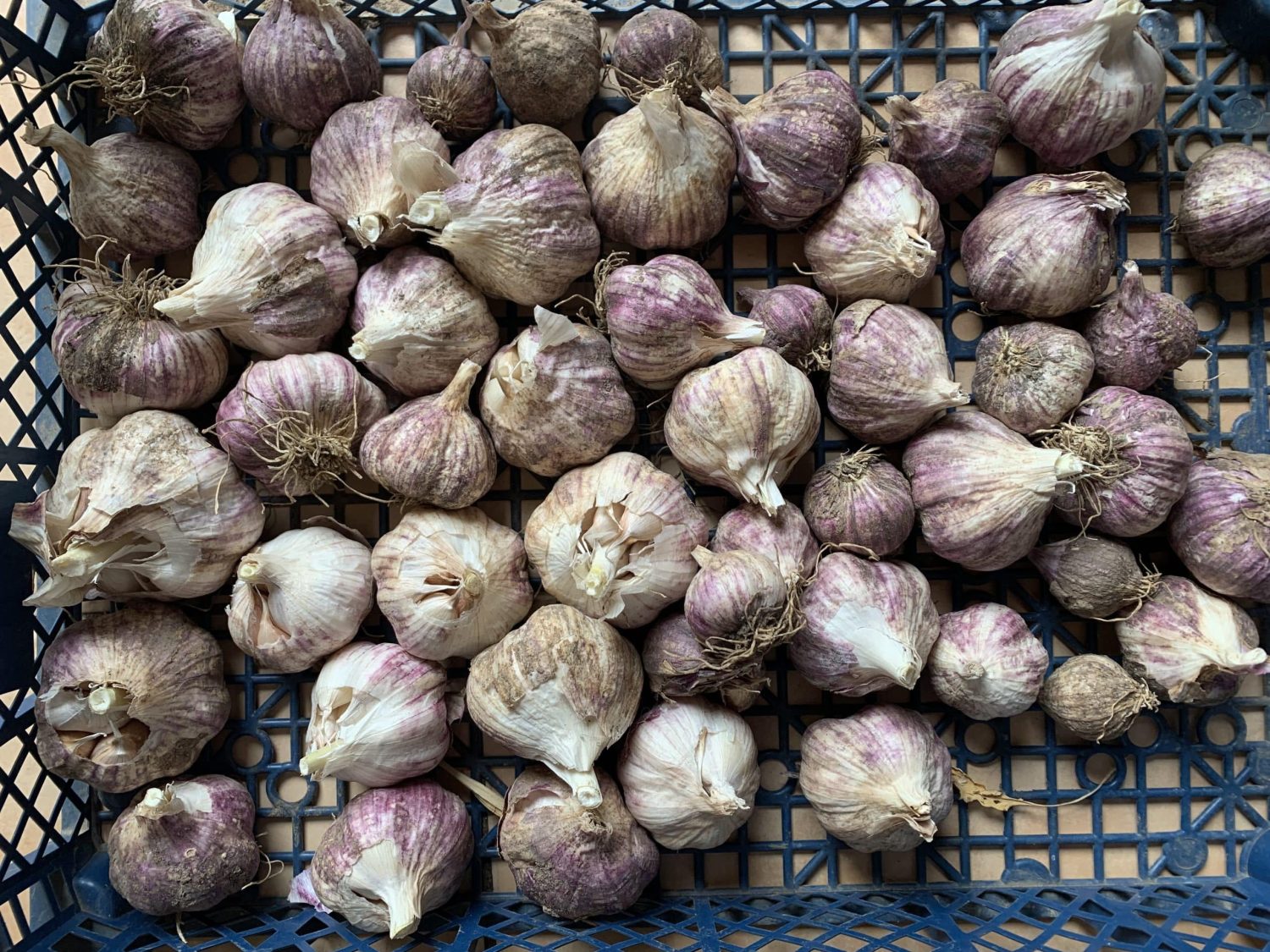In Bavaria, the Kompetenzzentrum für Ernährung (KErn) has published a series of articles in German on the pros and cons of milk consumption. In addition to animal welfare, the articles also discuss milk alternatives, health and raw milk. KErn has requested a short, easy-to-read article on the pros and cons, dangers and health benefits of raw milk.
The German-language website addresses this debate on the health and sustainability of milk in general. The link can be found here.
The translation into English of the article on their website about raw milk can be found below.
Can raw milk be consumed again – or do the risks outweigh the benefits?
In Germany, Vorzugsmilch used to be a natural alternative to pasteurised milk. It was even delivered fresh to nurseries and retirement homes. Since the 1980s, there has been increased attention to the STEC/EHEC bacterium. Out of concern for disease, deliveries to schools and homes were banned. The microbial limits for this legal raw milk were also tightened, causing sales to drop dramatically. However, according to the German BfR and RKI, there are hardly any known cases of illness caused by Vorzugsmilch (Berge and Baars, 2020). Monthly checks on this milk guarantee a high level of safety.
When referring to raw milk in this article, this means milk that has been subjected to strict hygiene controls, such as Vorzugsmilch. Like other raw milk, this milk is untreated but produced in accordance with legal requirements and subject to regular checks. Milk from farms that supply raw milk products and raw milk cheese is also generally safe.
Why drink raw milk?
Raw milk supports the immune system. Children in particular benefit from this. Studies show that raw milk reduces the risk of hay fever, asthma and allergies. These are diseases that cause billions in healthcare costs.
Raw milk can also be beneficial for older people, as it can promote the diversity of the gut microbiome. Those who are wary of consuming raw milk will find raw milk kefir a safe alternative. This type of kefir is best made from milk that is still warm, immediately after milking. The rapid acidification process creates a safe food product. This kefir is now widely available in the Netherlands. It is also very easy to make kefir at home, ideally from fresh, raw milk that is still warm from the cow.
Pasteurised milk – why is it not the same?
Heat changes raw milk. Sensitive proteins such as lactoferrin and beta-lactoglobulin (BLG) are particularly affected. BLG is particularly valuable. BLG is already used as a “cow barn pill” to treat asthma.
In the cowshed, BLG enters the air via the cows’ urine, which is then inhaled, or BLG can do its work directly in the small intestine through the consumption of raw milk. This creates a natural protection against hypersensitive immune reactions.
Does the cow’s diet affect the quality?
The quality of raw milk depends heavily on the feed, among other things. The ratio of omega-6 to omega-3 fatty acids is decisive. A ratio of approximately 1:1 in the milk fat is optimal. This is best achieved with grass, hay and silage as roughage. Silage maize and concentrated feed are harmful to this balance.




